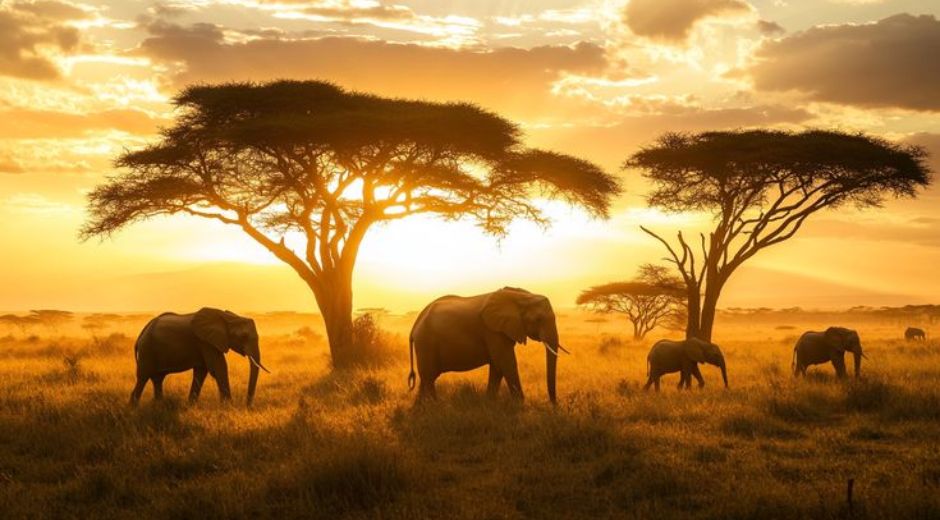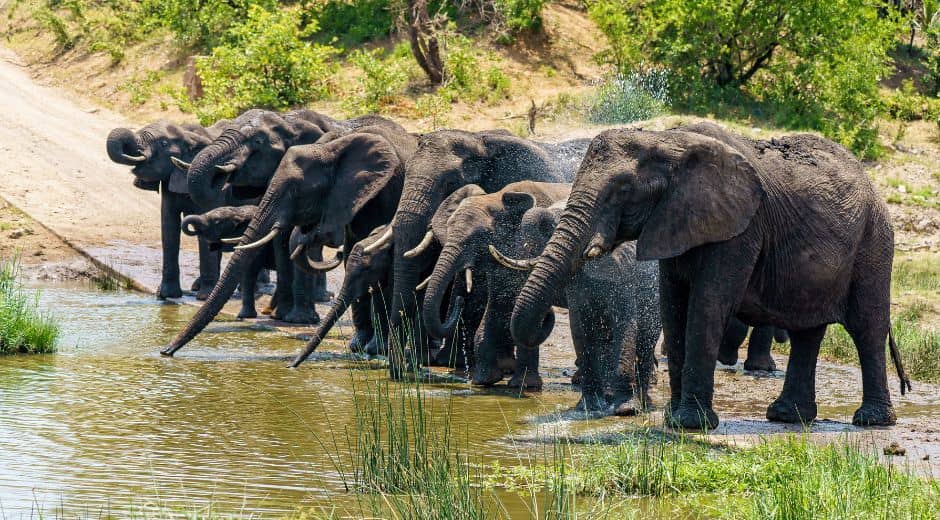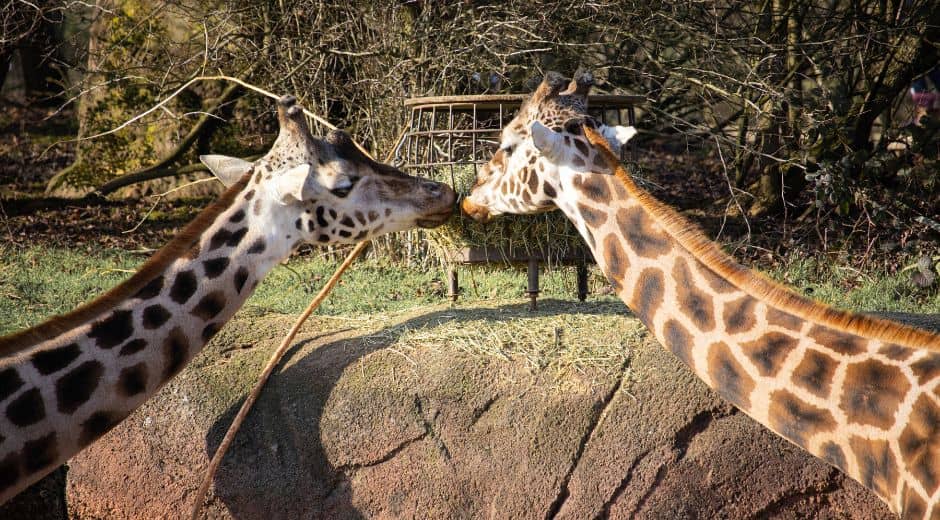Elephants Never Forget: Memory, Mourning, and Social Bonds
Elephants Never Forget: Memory, Mourning, and Social Bonds
Few animals capture human imagination like Elephants. Their massive size, gentle demeanor, and undeniable intelligence make them iconic symbols of wildlife. Yet, beyond their physical presence lies a complex world of social structures, emotional depth, and remarkable memory. Scientists and conservationists continue to study, revealing insights that challenge our understanding of animal cognition and emotion.
Remarkable Memory and Cognitive Skills
The saying “Elephants never forget” holds more truth than legend. These animals possess exceptional memory, crucial for survival in the wild. Adult matriarchs, often the oldest females in a herd, remember water sources, migration paths, and danger zones, guiding the group through harsh conditions and droughts.
Research shows that Elephants can recall individuals — both other Elephants and humans — even after long periods of separation. They demonstrate problem-solving abilities, social intelligence, and even empathy, making them one of the most cognitively advanced species on Earth. Observing them in the wild, as detailed by conservationists on bionaturevista, provides insight into how memory and intelligence guide their daily behaviors.
Social Bonds and Family Structures
They are deeply social animals. Their herds are matriarchal, led by experienced females who maintain cohesion and ensure survival. Within these herds, social bonds are strong. Calves receive guidance not only from their mothers but also from aunts, grandmothers, and other herd members.
These social networks are vital for communication and protection. Herds work together to care for the young, share resources, and respond to threats. The intricate interactions among Elephants reveal a level of cooperation and empathy rarely seen in other species. Conservation programs highlighted on tripbeyondtravel emphasize observing these behaviors responsibly, ensuring that tourism does not disrupt their natural dynamics.
Mourning and Emotional Depth
One of the most striking aspects of Elephants is their capacity for grief. When a herd member dies, often engage in behaviors that suggest mourning: touching the bones or body with their trunks, standing vigil, or returning to the site of death repeatedly. Scientists studying these behaviors interpret them as evidence of emotional depth and social awareness.
Mourning rituals strengthen the herd’s social bonds and provide opportunities for learning. Calves witness these behaviors and gain an understanding of life, death, and herd cohesion. For humans, these rituals are reminders of the emotional intelligence of Elephants and the importance of protecting their natural h
Communication in Elephants
Communication among Elephants is complex and multifaceted. They use vocalizations, such as trumpets and rumbles, as well as body language, trunk gestures, and even seismic vibrations to convey messages over long distances. This sophisticated communication network enables coordination during migrations, alerts to predators, and reassurance within the herd.
Understanding them communication has practical applications for conservation. Researchers use audio monitoring and behavioral studies to track herd movements and assess well-being, guiding strategies to mitigate human-wildlife conflict. For travelers, learning about these communication methods enhances wildlife experiences while fostering respect for natural behaviors.
Challenges Facing Gentle Giants in the Wild
Despite their intelligence and social complexity, Elephants face numerous threats. Habitat loss due to agriculture, urbanization, and deforestation reduces their living space and access to water and food. Poaching for ivory remains a significant danger, threatening population stability and disrupting social structures.
Environmental changes, such as prolonged droughts and climate change, exacerbate these challenges. Herds may struggle to find adequate water or migrate safely, highlighting the critical role of conservation programs in preserving these majestic animals. Organizations like zoopora provide resources and initiatives to support protection, advocating for sustainable coexistence and habitat preservation.
Conservation Efforts and Success Stories
Conservation efforts for Elephants have grown worldwide. Protected reserves, anti-poaching laws, and community-based initiatives aim to secure habitats and reduce human-wildlife conflict. Successful programs in Africa and Asia have seen local populations stabilize or grow, proving that coordinated efforts can yield positive results.
Tourism also plays a role. Eco-friendly wildlife experiences educate travelers about Elephants, their behavior, and their ecological importance. Platforms like tripbeyondtravel guide visitors in responsible interactions, ensuring that observation supports conservation rather than exploitation.
Human-Elephant Interactions
Human interaction with Elephants is a double-edged sword. On one hand, ethical wildlife tourism, research, and education promote awareness and protection. On the other, habitat encroachment, poaching, and exploitation threaten populations. Understanding the natural behaviors and social needs of Elephants is crucial for minimizing negative impacts.
Communities living near Elephants often develop strategies for coexistence, such as crop protection and early warning systems. These methods demonstrate that respecting the intelligence and social structure of Elephants benefits both humans and wildlife.
Why Elephants Matter Ecologically
Beyond their cultural and emotional significance, Elephants play a vital role in ecosystems. As keystone species, they influence the environment by dispersing seeds, creating water holes, and maintaining forest and savannah structure. Their movements help sustain biodiversity, benefiting countless other species.
Protecting them ensures the health of entire ecosystems. Conservation is not solely about the species themselves, but about preserving the ecological balance that supports all life. Initiatives highlighted by bionaturevista emphasize the interconnectedness of wildlife and ecosystems, illustrating how protecting one species can have far-reaching benefits.
What We Can Learn from them
Studying Elephants provides insights into intelligence, empathy, and social organization. Observing their interactions, memory, and problem-solving challenges assumptions about human uniqueness and highlights the cognitive sophistication of other species.
For individuals interested in wildlife and conservation, understanding Elephants encourages mindfulness, patience, and respect for the natural world. By learning from these giants, we gain lessons in cooperation, community, and resilience.
How to Support Elephant Conservation
There are many ways to support Elephants conservation:
Donate to reputable wildlife protection organizations, such as zoopora, that fund anti-poaching initiatives and habitat preservation.
Participate in eco-tourism programs that prioritize ethical observation of Elephants in their natural habitat.
Educate others about the threats facing Elephants and advocate for sustainable policies and practices.
Reduce environmental impact by minimizing plastic use, supporting reforestation, and engaging in conservation volunteer programs.
Even small actions can contribute to broader efforts, ensuring that they continue to thrive in the wild.
Conclusion
They are more than just wildlife icons; they are intelligent, empathetic, and socially complex creatures whose survival depends on human awareness and conservation action. Their remarkable memory, intricate social bonds, and mourning rituals reveal a depth of emotion that resonates with people worldwide.
By supporting conservation programs, practicing responsible tourism, and spreading awareness, we can help secure the future of Elephants and the ecosystems they inhabit. Platforms like tripbeyondtravel provide guidance for engaging with wildlife responsibly, while insights from bionaturevista highlight the importance of protecting natural habitats.
The story of Elephants is a testament to resilience, intelligence, and the interconnectedness of life on Earth. Protecting these majestic creatures ensures the preservation of ecological balance, cultural heritage, and the profound lessons they teach us about memory, empathy, and community.
Wildlife Behavior Curiosity

Understanding the Mops: Health, Care, and Personality
Tigers in the Wild: Conservation Challenges and Successes explores efforts to protect tigers, preserve habitats, and ensure their survival…

Bigăr Waterfall: Romania’s Hidden Natural Gem
Tigers in the Wild: Conservation Challenges and Successes explores efforts to protect tigers, preserve habitats, and ensure their survival…

Tigers in the Wild: Conservation Challenges and Successes
Tigers in the Wild: Conservation Challenges and Successes explores efforts to protect tigers, preserve habitats, and ensure their survival…






